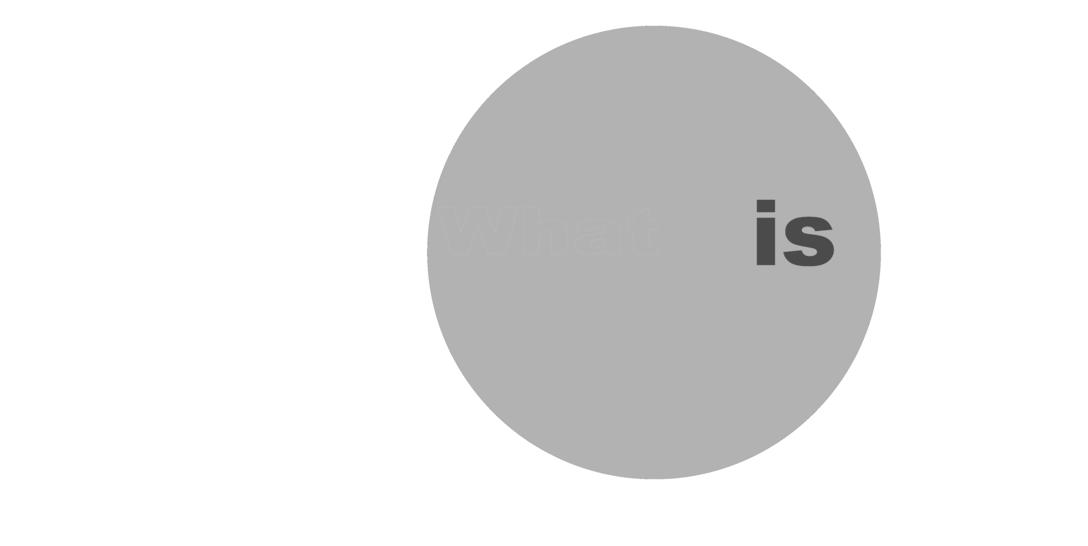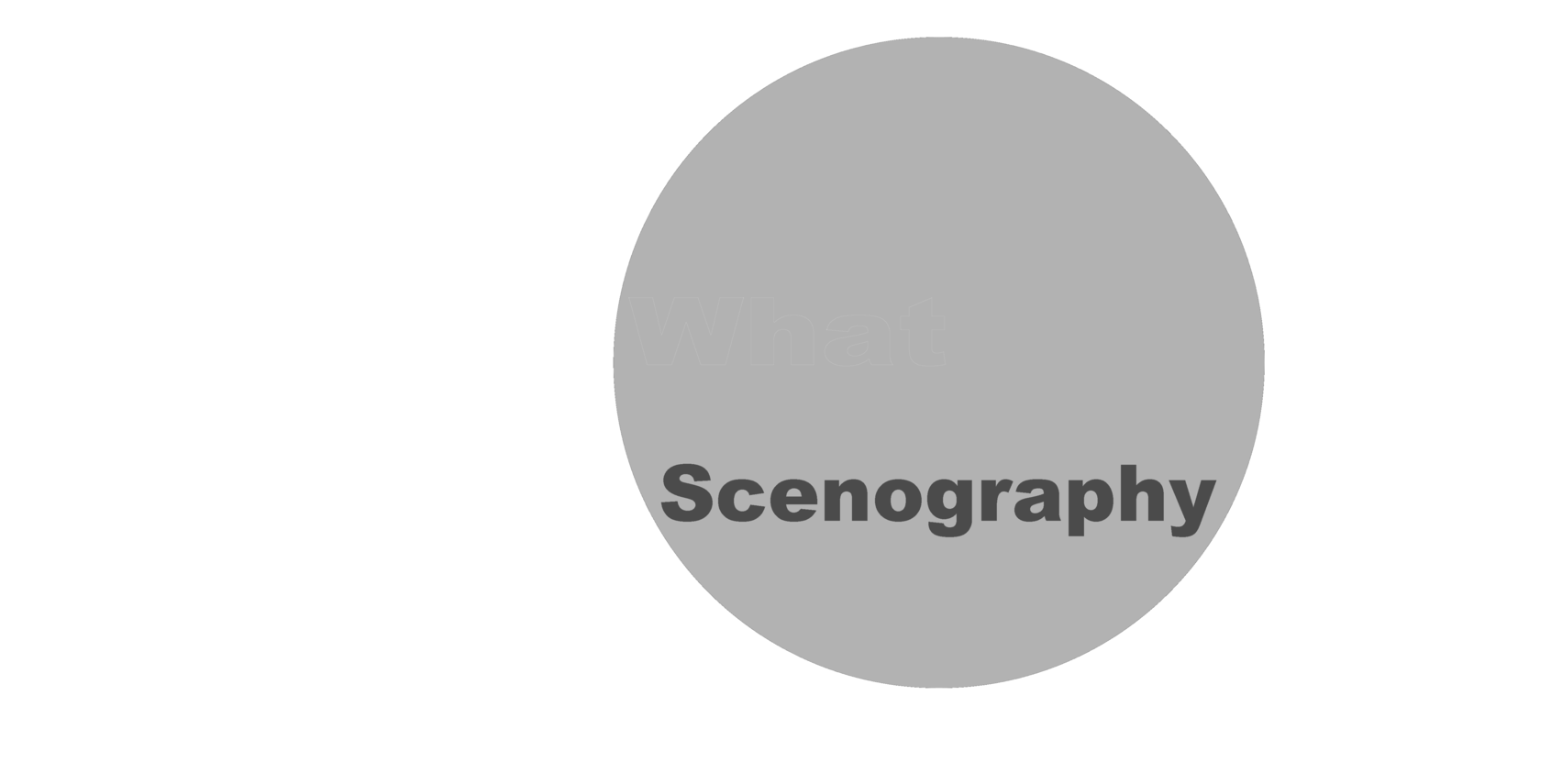Hailing of Greek origin (‘skenographia’), Scenography has typically been considered synonymous with the term ‘theatre design’. Yet, unlike many artistic genres, Scenography is not limited to one specific notion. Just how artistic movements tend to evolve, as from the cave paintings to the Renaissance, or the Bauhaus movement to the dawn of Internet Art, Scenography has expanded from scenic painting to full stage production design. By now, Scenography is a practice that may encompass any medium, space or argument that the artist chooses.
It used to be that an artist was widely accepted – or expected – to be of a sole or specific medium – paint, sculpture, music, architecture… But, in Scenography, the mediums are not strictly isolated. In fact, they can’t be – as taught by Scenographic Researcher Rachell Hann, there must always be more than one element for a Scenography to exist. And, similarly, as philosopher and educational reformer John Dewey (1859 – 1952) argues, the segregation and classification of mediums can actually restrict the artist, and renders the validity - and perhaps even the accessibility - of a work of art to depend on the mood or stance of the niche trainings of critics.
"Classification sets limits to perception… as far as it has vogue among critics… [it] encourages all artists, save those of unusual vigor and courage, to make “safety first” their guiding principle". (Art As Experience, 1958)
In this vein, I see that Scenography is quite bold as in contrast to classical art forms, it
“Irritates the disciplined orders of the world” – Rachel Hann, Beyond Scenography, 2018
The current phase of Scenography is known as Scenography Expanded, and this state of the practice of Scenography is true to its alignment with societal progression: it thrives always as a contemporary genre, reflecting the culture, advances, topics and urges of the present time. This means that Scenography adapts itself beyond the confines of conventionality, engulfing any media, notion, topic or medium available to it. It of course then urges questions about the boundaries within it – about what is or is not considerable as ‘Scenography’. As considered by Opera and Music Theatre professor Nicholas Till of Sussex University, about the important book ‘Scenography Expanded’ by Joslin McKinney & Scott Palmer –
“within this expanded field, where Scenography may refer to activities as varied as installation, land art, guided tour, or street festival, are terms like ‘Scenography’ and ‘performance design’ even still useful, let alone the practice left autonomous?… Maybe, the concept of Scenography does indeed become less defined as its practice expands. But maybe in the process it summons into being the thickened theoretical heft (that Irwin refers to), and that suggests its coming of age.”
With this ‘coming of age’, through my research, I understand that as soon as the classified mode of creating exclusively to one genre or medium is expanded – and the practice is constituted to always have at least 2 mediums or elements – a Scenography can exist. The Scenographer becomes a multi- or inter-disciplinary artist. As an artist, this is one of the most appealing things about the Scenographic practice: that my interests and mediums can co-exist in the Scenographic space. In turn, I must think through the space to create Scenographically, applying boundary to the limitlessness of medium and considerations.


